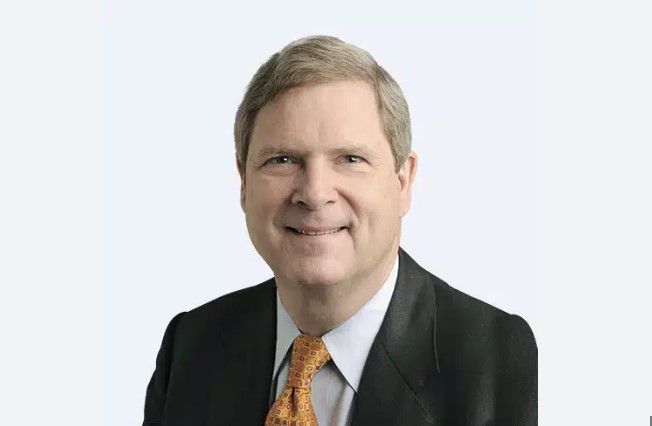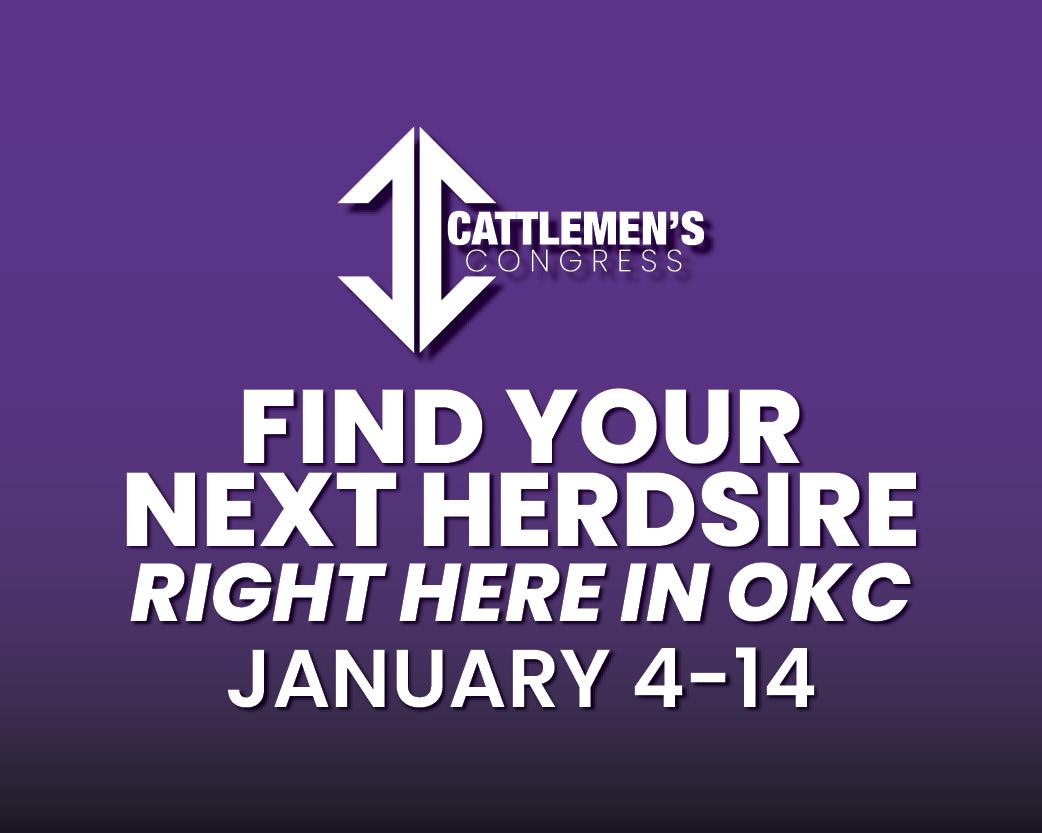
U.S. Secretary of Agriculture Tom Vilsack concludes twelve years as head of the Department of Agriculture. In this edition of USDA’s Agriculture U.S.A. podcast with Rod Bain, he reflects on his two terms of service.
“If you have this opportunity to serve, which I have been the first person to have had the privilege to do it twice in this way, you want to be sure and take advantage of it,” Secretary Vilsack commented.
Secretary Vilsack’s painted portrait is already displayed in the USDA Headquarters in Washington, D.C., alongside those of previous Ag Secretaries, from his first term in office which spanned from 2009 to 2017. Secretary Vilsack doesn’t feel the need to have a second portrait made to commemorate his second term laughingly citing his aging physique.
He added, “If you look at those portraits, you see just about a symbol of virtually every missionary of the department and that was the purpose of it. However, if I were to do a portrait, I would like for folks to appreciate the consistency in the work that was done while I was Secretary of USDA.”
He pointed out the work done for nutrition during the Obama administration with the Healthy, Hunger-Free Kids Act and Michelle Obama’s Let’s Move Initiative and established a better icon for people to understand what a healthy plate looks like through the My Plate movement.
During the Biden administration, Secretary Vilsack feels that his department took the next step in the process begun with the Obama administration. “We increased and improved the school meal rule by focusing on added sugars,” he said. “We looked at the SNAP program and recalculated it based on what is happening in the world today. That resulted in a significant increase in SNAP benefits. We improved the WIC program by modernizing it with online options and encouraging more fruit and vegetable consumption. We looked at a meaningful summer feeding program by providing families of free and reduced lunch children additional financial assistance so kids could continue to get good meals while school was out in the summer. We know from research, that works.”
Many might associate Sec. Vilsack’s second time in office with his efforts to promote a circular economic model to agriculture and rural America best reflected in what became known as “The Whiteboard.” The message of value-added among various new and expanded market opportunities for farmers, ranchers, and rural entrepreneurs became refined and more concise over the course of three years of presentation at various events across the farm and food spectrum. That came, not only from repetition of presentation.
Secretary Vilsack is quick to point to the feedback and guidance of his wife, Christie, in the formation of the message. For instance, regarding the number of farms lost over the past four decades, he said, “It turns out we have lost a heck of a lot of farms – 544,970 of them.”
When he told this to Christie, she asked him to put it in a context that people could understand. She asked, “How many farms is that? Is that the number of farmers that are in Iowa, today?”
Secretary Vilsack began to tally how many states it would take to get to 544,000 farms. He said, “It was ten states, and people go, ‘Whoa! This is something. Now why is this?’ Then, I had people’s attention.”
Data is still coming in on USDA programs focused on expanding potential revenue sources, but once it does, it will provide presentations of success stories and facilitate conversations about potential economic opportunities on family farms at a rural community level.
“With some of the new opportunities that are out there, if we are entrepreneurial, if we are thoughtful about this, we can generate enough income from different sources,” Sec. Vilsack urged. “We can make a goal of it. Now we’ll have to work hard, but we can make a goal of it. Now you have this opportunity to be on this farm and inherit the farm, and your kids can see the benefits of living here. We will be able to watch you and your kids grow up. To me, that conversation is the one we want to have.”
Secretary Vilsack plans to continue working towards a circular economy in the future.


















